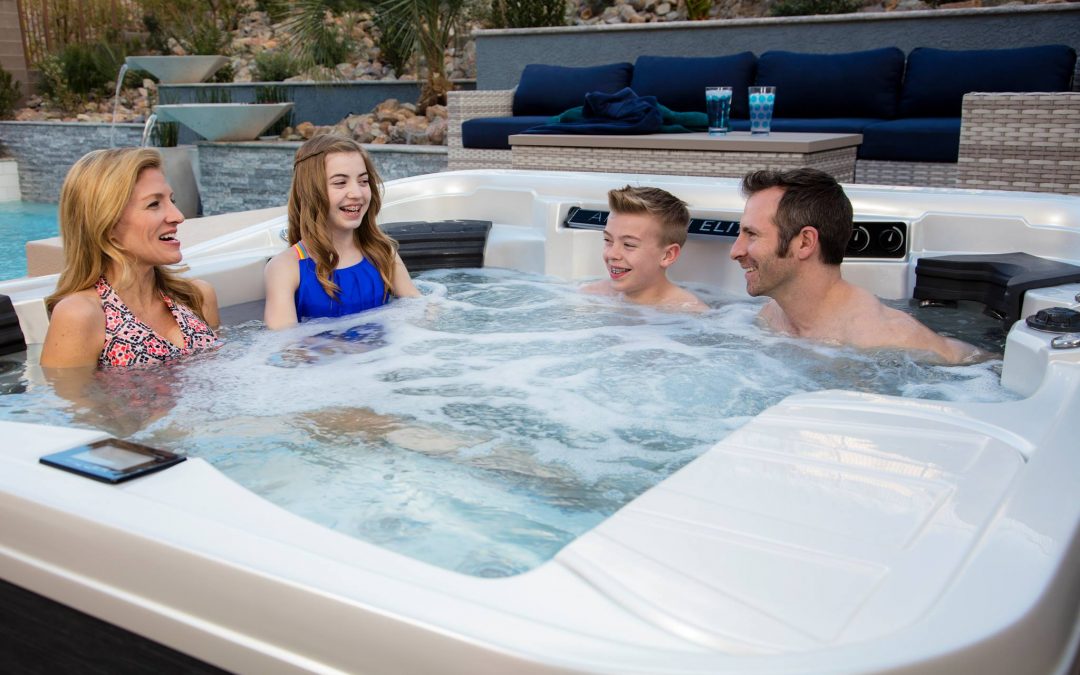
Hot tub safety and children
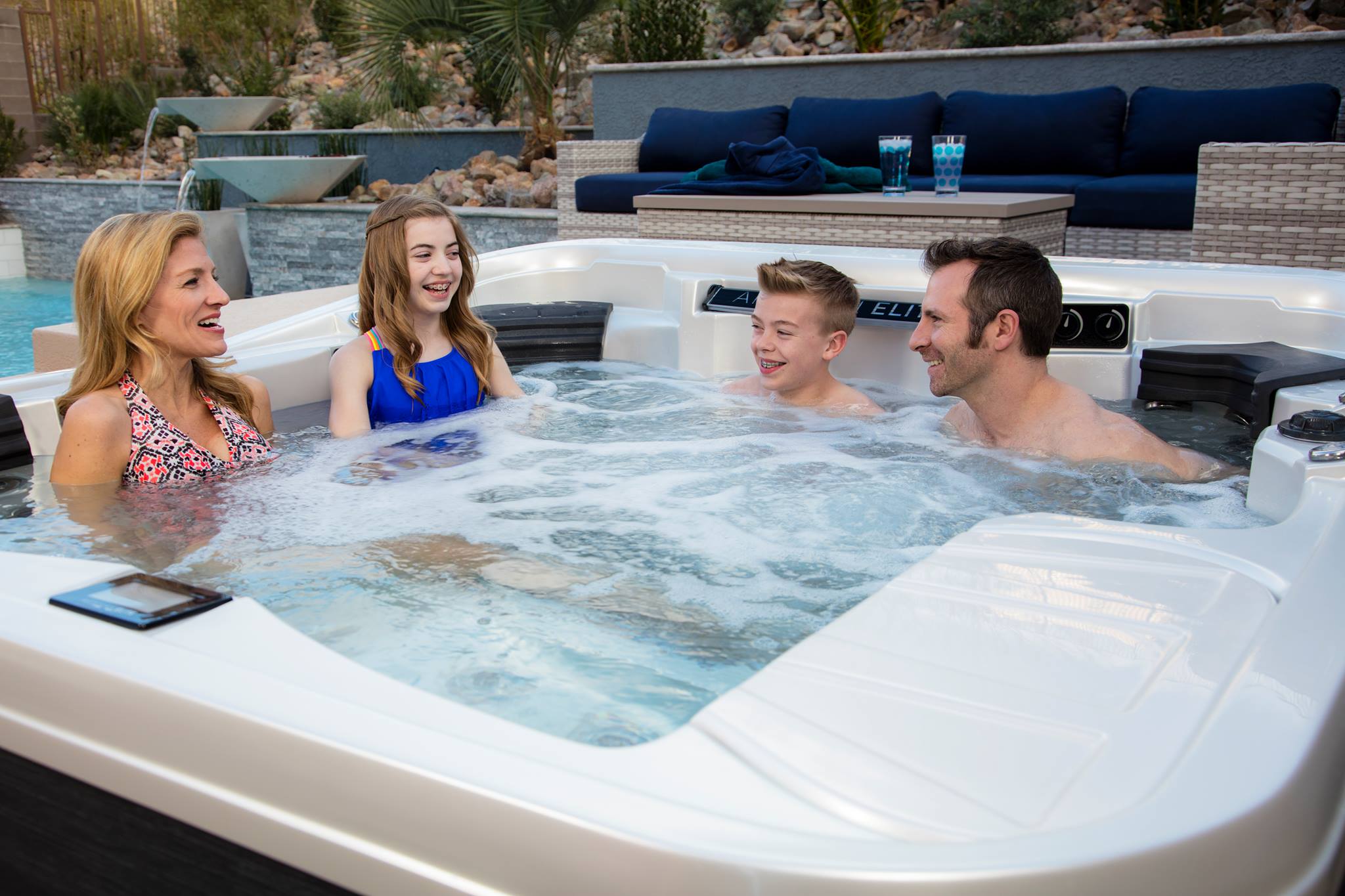
Kids, Hot Tubs and Spa Safety
When the weather starts to turn and cool off, we all look for a fun relaxing way to warm up. Some of us chose to be snuggled up in blankets, others chose a cozy warm fire and, a few decide to relax in a Hot Tub. However, when it comes to our kids joining us in the Hot Tub a lot of questions get asked. Today we are going to talk about Hot Tub Safety and children in Hot Tubs.
If you are planning on getting a hot tub or own one, be mindful that your kids will more than likely want to join you. Many people ask us: “Is it safe for my child to be in the hot tub”, while there is no straight answer to this question, we have recommended ways to keep you child safe while soaking. Here are a few rules to follow when it comes to Hot Tub Safety.
- NEVER take an infant into a hot tub!
- Their skin is too thin and their bodies are not good at regulating temperature so they are prone to overheating.
- If you are pregnant do not use hot tubs!
- The hot water will raise your body temperature to a level that can be dangerous for your developing baby.
- No Jumping or Diving!
- We all know kids like to jump into pools however, hot tubs are too shallow and unsafe for jumping and diving.
- Our recommendation as to what age a child should be in order to be allowed into a hot tub is approximately 5 years or older. Or if they can be flat-footed on the bottom with their head fully above the water.
- Toddlers are often not recommended to be in the hot tub because they still have little control over their bodily functions and cannot regulate their body temperature easily. Additionally, sanitation is an issue with small children due to the lack of control over their bodily functions.
- Depending on the temperature of the water, children should not remain in the spa for more than 15 minutes. At a temperature of 98° 15 minutes max. At a temperature of 104° 5 minutes max. At a temperature of 95° 20 minutes max.
- At lower temperatures children can soak longer however, while the are soaking and after soaking make sure they drink lots of water.
- Always supervise your children while they are in and around the Spa.
- If children begin to feel sleepy, dizzy, or feel sick to their stomach, they should exit the spa immediately.
- If you have children be sure to utilize the locking straps on your cover to ensure your child does not get in unsupervised.
- No Pets Allowed!
- Animals don’t have good ways of regulating their body temperature and almost always urinate in water. So, sanitation and the safety of the animal are always a concern.


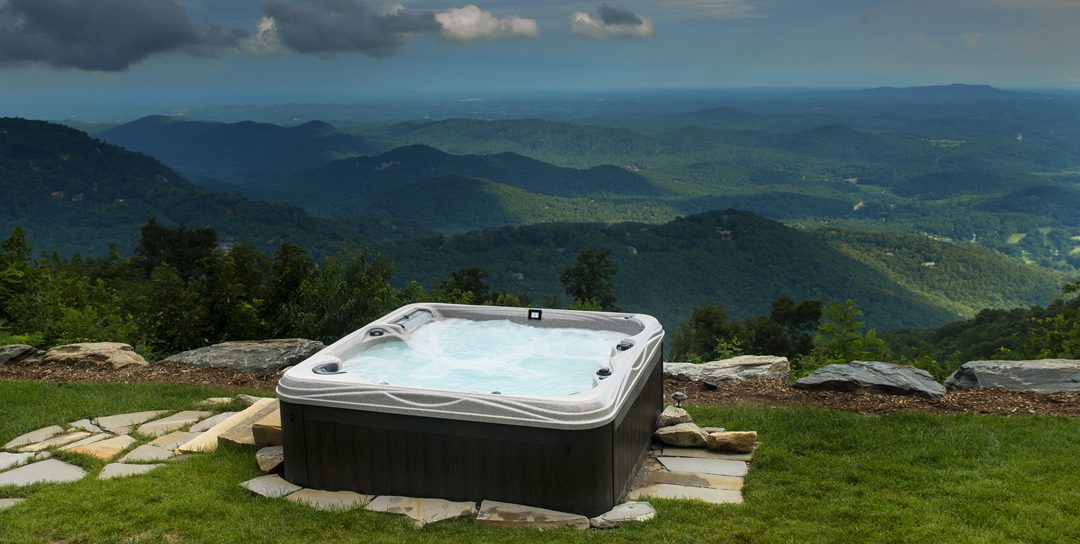




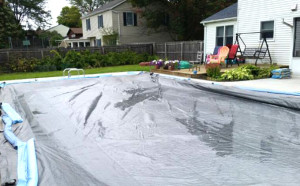
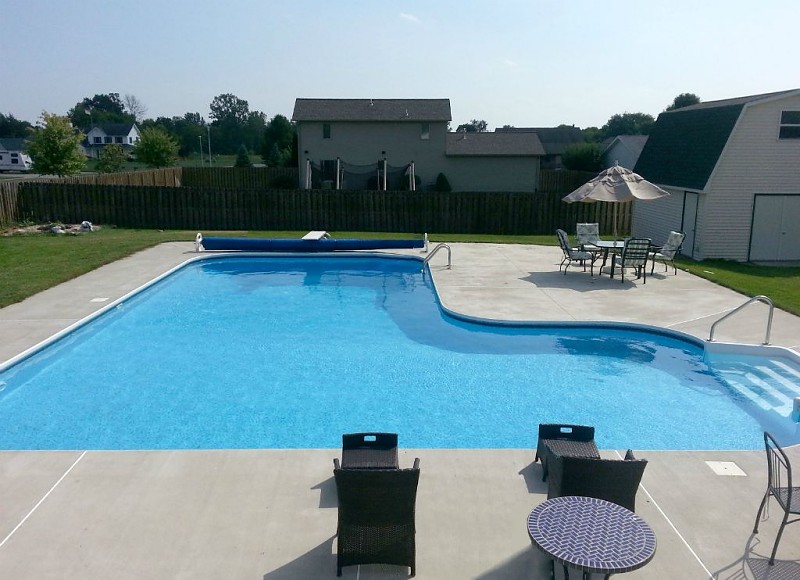
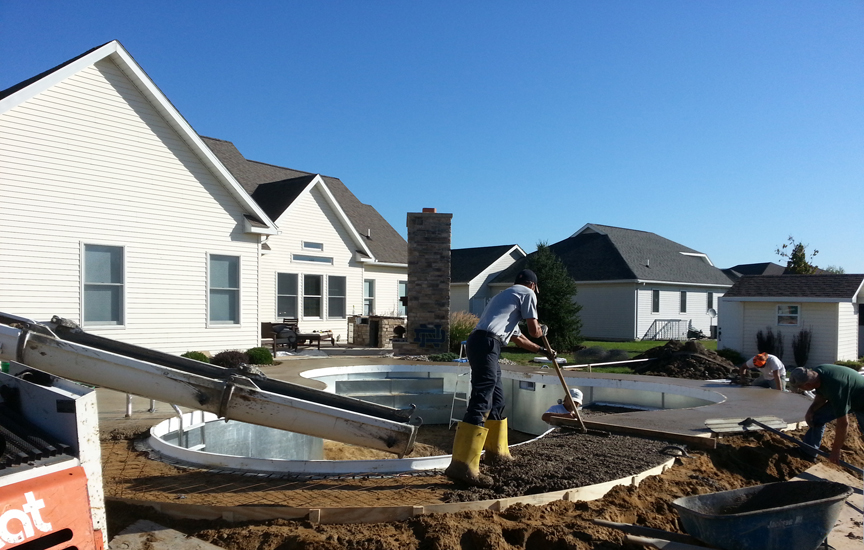
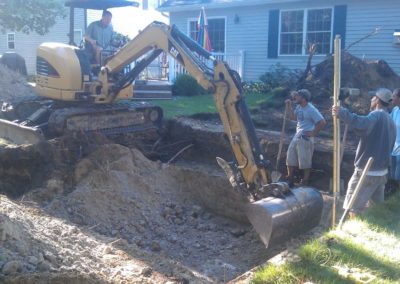
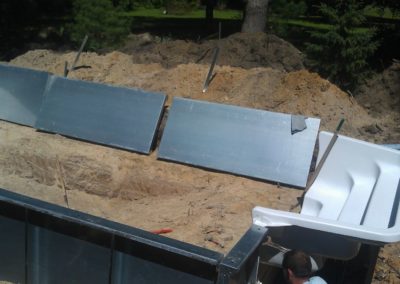
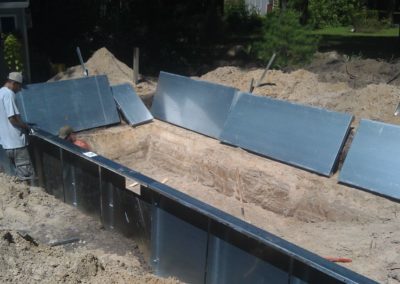
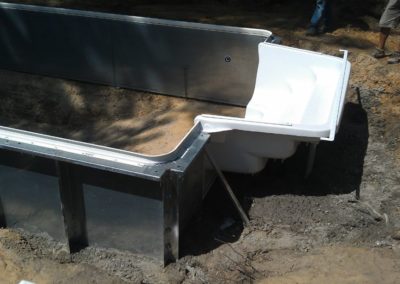
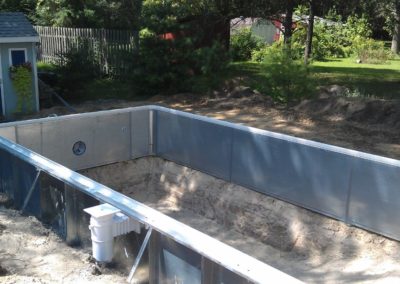
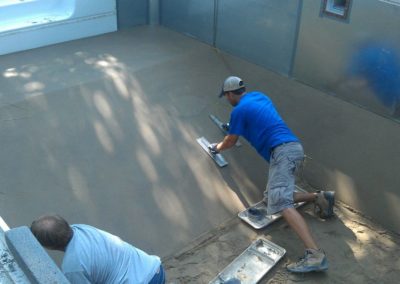
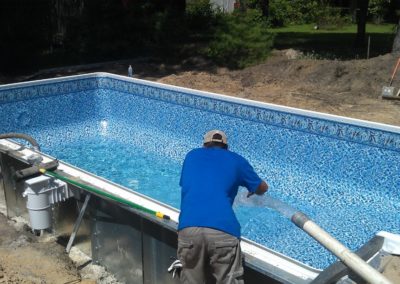
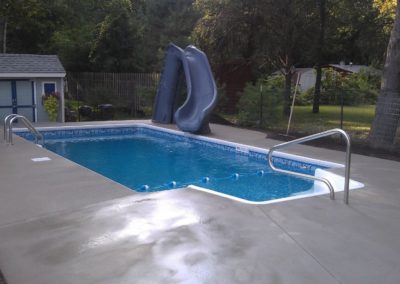
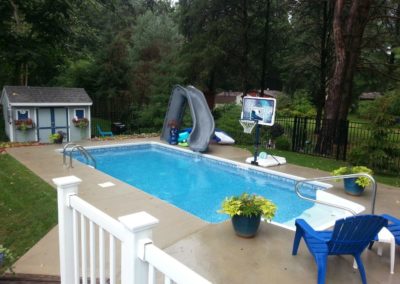
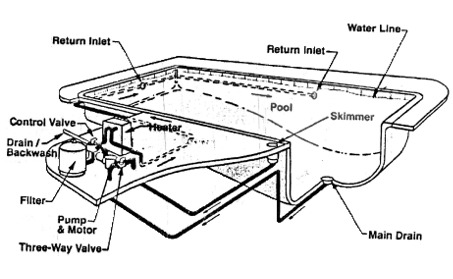
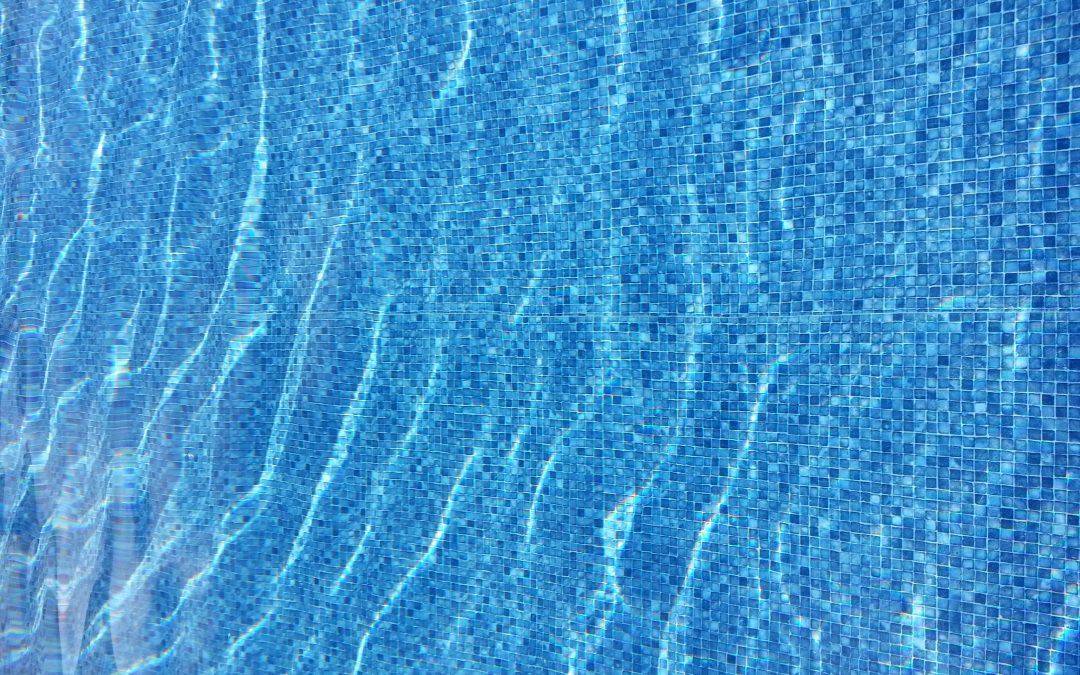

Recent Comments